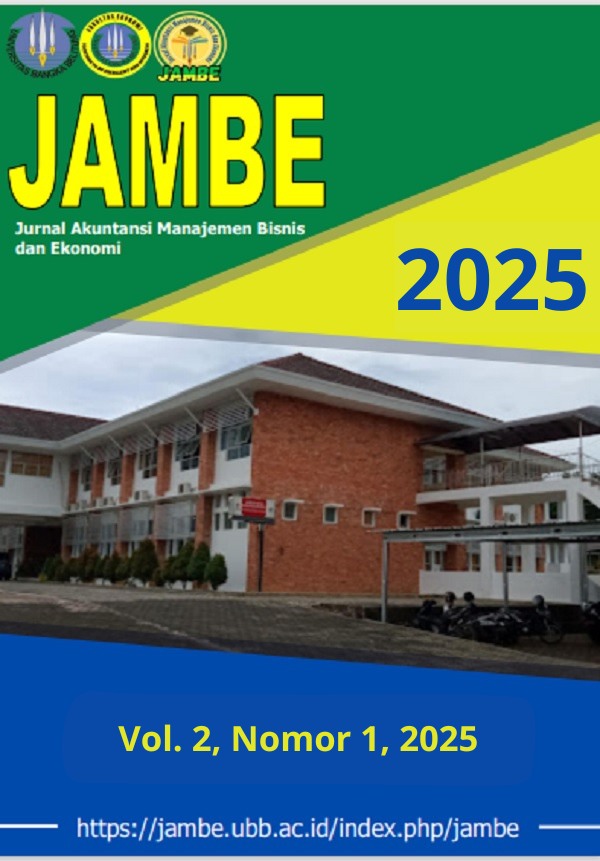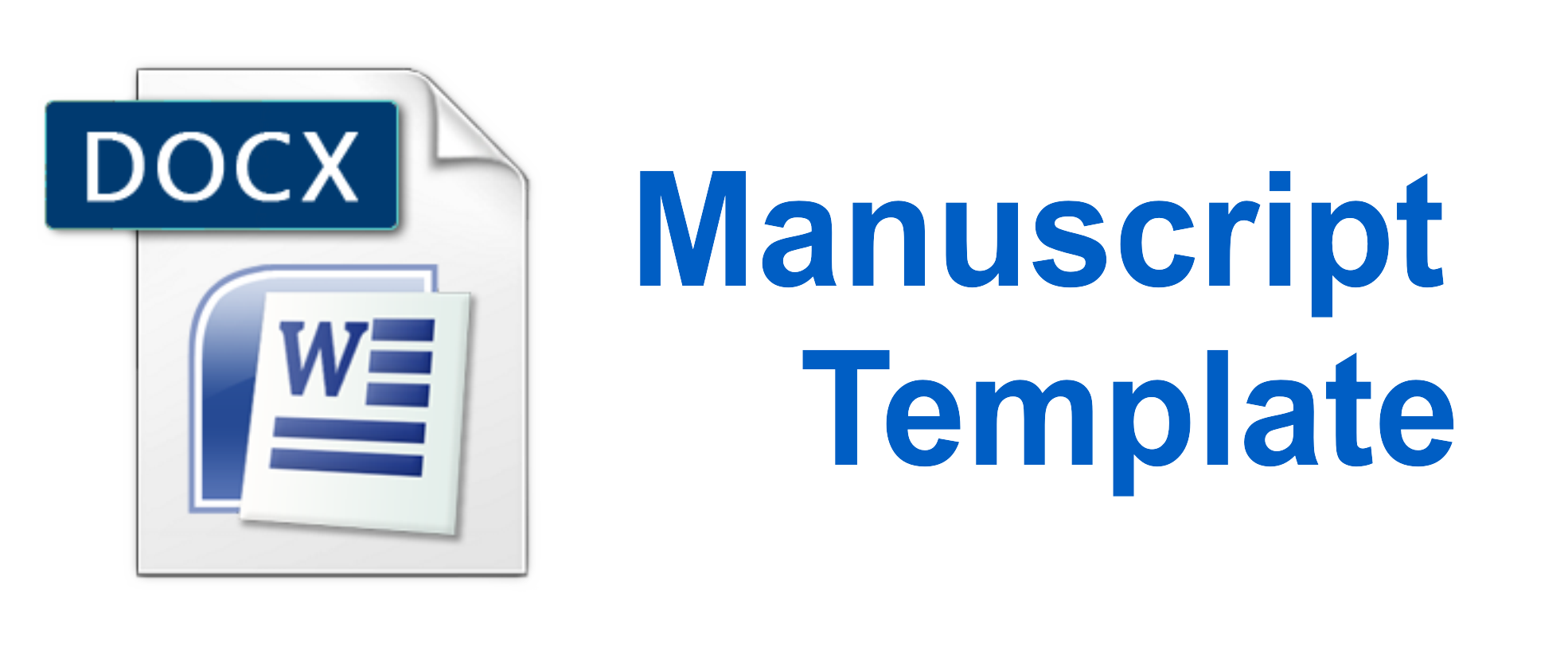Circular Economy-Based Coffee Development Strategy in Bangka Belitung: Reducing Waste and Enhancing Added Value
Keywords:
circular economy, ecological economics, coffee waste, added value.Abstract
This research examines the implementation of circular economy principles in the coffee agribusiness value chain in Bangka Belitung Islands Province. Using a qualitative approach based on secondary data, this study conducts an in-depth analysis of policy documents, technical reports, scientific publications, and documented case studies. Through thematic and ecological economics analysis techniques, the research identifies the potential for transforming coffee waste into value-added products within a circular economy framework. The results show that utilizing coffee husks as organic fertilizer, animal feed, and raw materials for creative industries has the potential to create additional economic value of 38–45% of the main product value, while reducing negative environmental externalities by 65%. A pentahelix-based development model (academia, business, community, government, and media) with a transdisciplinary approach is key to the successful implementation of the circular economy in the study area. Systemic interventions in institutional, technological, policy, and market aspects are needed to accelerate the transition toward an inclusive and sustainable circular economy. This research provides theoretical contributions to the development of circular economy models based on tropical commodities as well as practical implications for formulating sustainable development policies in post-mining island regions.
References
Caetano, N. S., Silva, V. F., & Mata, T. M. (2017). Valorization of coffee grounds for biodiesel production. Chemical Engineering Transactions, 26, 267–272.
Cruz, F. C., Bungihan, M. E., & Tan, R. M. (2021). Production of biochar from spent coffee grounds and its application as soil amendment. Environmental Technology & Innovation, 21, 101270.
Didanna, H. L. (2014). A critical review on feed value of coffee waste for livestock feeding. World Journal of Biology and Biological Sciences, 2(5), 72–86.
Dinas Pertanian Provinsi Bangka Belitung. (2023). Laporan tahunan produksi tanaman perkebunan 2022. Pemerintah Provinsi Kepulauan Bangka Belitung.
Direktorat Jenderal Perkebunan. (2022). Statistik perkebunan Indonesia 2020–2022: Kopi. Kementerian Pertanian Republik Indonesia.
Geng, Y., Sarkis, J., & Bleischwitz, R. (2019). How to globalize the circular economy. Nature, 565(7738), 153–155.
Grand View Research. (2023). Coffee market size, share & trends analysis report by distribution channel (on-trade, off-trade), by region, and segment forecasts, 2023–2030. Grand View Research.
International Coffee Organization. (2022). Coffee market report – December 2022. ICO.
Iriondo-DeHond, A., Iriondo-DeHond, M., & del Castillo, M. D. (2019). Applications of compounds from coffee processing by-products. Biomolecules, 9(12), 21.
Johnston, M. P. (2017). Secondary data analysis: A method of which the time has come. Qualitative and Quantitative Methods in Libraries, 3(3), 619–626.
Kaplinsky, R., & Morris, M. (2001). A handbook for value chain research. International Development Research Centre.
Karmee, S. K. (2018). A spent coffee grounds based biorefinery for the production of biofuels, biopolymers, antioxidants and biocomposites. Waste Management, 72, 240–254.
Kementerian Perdagangan. (2023). Statistik ekspor kopi Indonesia 2022. Kementerian Perdagangan Republik Indonesia.
Kirchherr, J., Reike, D., & Hekkert, M. (2017). Conceptualizing the circular economy: An analysis of 114 definitions. Resources, Conservation and Recycling, 127, 221–232.
Kirchherr, J., & van Santen, R. (2019). Research on the circular economy: A critique of the field. Resources, Conservation and Recycling, 151, 104480.
Korhonen, J., Honkasalo, A., & Seppälä, J. (2018). Circular economy: The concept and its limitations. Ecological Economics, 143, 37–46.
Loorbach, D. (2010). Transition management for sustainable development: A prescriptive, complexity‐based governance framework. Governance, 23(1), 161–183.
Lyle, J. T. (1994). Regenerative design for sustainable development. John Wiley & Sons.
McDonough, W., & Braungart, M. (2002). Cradle to cradle: Remaking the way we make things. North Point Press.
McNutt, J., & He, Q. S. (2019). Spent coffee grounds: A review on current utilization. Journal of Industrial and Engineering Chemistry, 71, 78–88.
Moraga, G., Huysveld, S., Mathieux, F., Blengini, G. A., Alaerts, L., Van Acker, K., & Dewulf, J. (2019). Circular economy indicators: What do they measure? Resources, Conservation and Recycling, 146, 452–461.
Murray, A., Skene, K., & Haynes, K. (2017). The circular economy: An interdisciplinary exploration of the concept and application in a global context. Journal of Business Ethics, 140(3), 369–380.
Panhuysen, S., & Pierrot, J. (2020). Coffee barometer 2020. Coffee Collective.
Pernick-Graves, K., & Panhuysen, S. (2022). Coffee barometer 2022. Coffee Collective.
Potting, J., Hekkert, M., Worrell, E., & Hanemaaijer, A. (2017). Circular economy: Measuring innovation in the product chain. PBL Netherlands Environmental Assessment Agency.
Rathinavelu, R., & Graziosi, G. (2005). Potential alternative use of coffee wastes and by-products. International Coffee Organization.
Samper, L. F., & Quiñones-Ruiz, X. F. (2017). Towards a balanced sustainability vision for the coffee industry. Resources, 6(2), 17.
Seneviratne, M., Weerasinghe, A., & Subasinghe, S. (2019). Development of a potential substrate from coffee pulp for mushroom cultivation. Scientia Horticulturae, 249, 143–149.
Su, B., Heshmati, A., Geng, Y., & Yu, X. (2020). A review of the circular economy in China: Moving from rhetoric to implementation. Journal of Cleaner Production, 42(1), 215–227.







